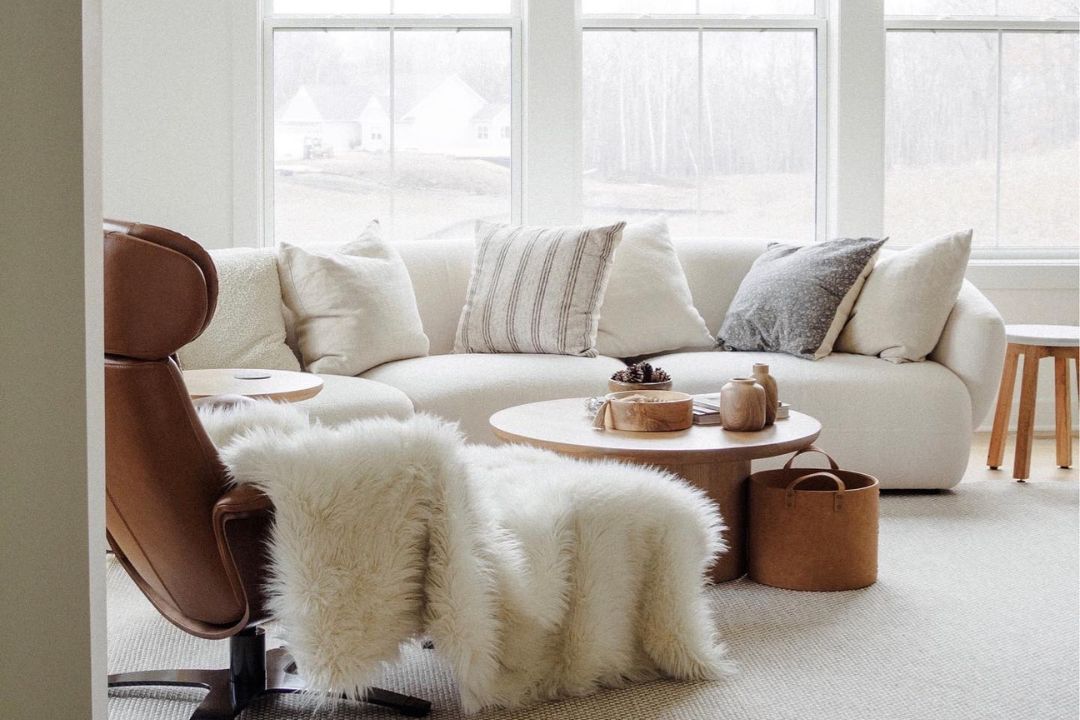Selling a home is about more than clean surfaces and open spaces. Buyers look for comfort, charm, and an atmosphere that feels inviting. Many sellers ask, What makes a home feel warm? The answer often lies in small details and simple upgrades that attract first-time buyers and influence emotions. Lighting, scent, textures, and order create an instant impression. A house can be modern or traditional, but if it lacks warmth, buyers may walk away. By focusing on creating a welcoming environment, homeowners can increase interest and attract better offers. This guide explores practical ways to make any property feel warm, cozy, and market-ready.
Lighting That Creates Comfort
Lighting sets the mood in every room. Warm light bulbs with soft tones give spaces a cozy feeling, while harsh white lighting can feel sterile. Natural light is equally important. Opening curtains and cleaning windows lets sunlight brighten interiors. Well-placed lamps in corners reduce shadows and make rooms feel complete. Buyers often step into a house and notice how the lighting makes them feel before anything else. A well-lit home gives the impression of care, cleanliness, and hospitality. Focusing on proper lighting upgrades is a simple and affordable way to boost a home’s appeal.
The Role of Cleanliness
Clean homes always feel warmer and more welcoming. Buyers rarely connect with cluttered or dusty spaces because they feel distracting and uninviting. Deep cleaning carpets, polishing floors, and wiping down surfaces communicates respect and care for the property. A spotless kitchen or bathroom signals that the home has been well-maintained over time. Cleanliness also highlights the true character of each room, letting natural light, colors, and features stand out. Clutter, on the other hand, hides those details and makes rooms appear smaller than they really are. Fresh air circulation contributes to comfort as well, helping buyers sense that the property is healthy. A clean home builds trust, which is one of the strongest emotional drivers for a successful sale.
Good organization and cleanliness are a must.
First Impressions That Last
The first few moments after walking into a home often shape how buyers will remember it. If the entryway feels dark, crowded, or messy, it creates a negative tone for the rest of the visit. On the other hand, a welcoming entrance with proper lighting and an uncluttered layout helps buyers immediately relax. An entryway that welcomes and organizes is the one to sell your home in the first impression. Simple touches such as a small rug, a vase of fresh flowers, or neat storage for coats and shoes make the space feel organized. These details encourage visitors to imagine themselves living there. For extra inspiration, see Since buyers often form opinions in the first few seconds, a well-prepared entryway can create a lasting impression that influences their decision more than any other feature of the home.
Furniture and Layout That Invite Buyers
Furniture should help buyers picture themselves in the space. Rooms packed with oversized furniture can feel cramped, while empty rooms feel cold. Balanced layouts make homes more inviting. A sofa facing a fireplace or a reading chair near a window can show warmth. Sellers should also think about walking paths. Clear routes make rooms easier to explore and give a sense of flow. The goal is to make every space functional, cozy, and ready to live in. Buyers who feel comfortable during their walk-through are more likely to make an offer.
Packing and Preparing for the Sale
A home with fewer personal items feels larger and more inviting. Sellers can donate unused belongings or store them elsewhere. Many homeowners also choose to invest in packing services to save time and energy. Professional help ensures fragile items are protected and clutter is reduced before showings. A clean, depersonalized home allows buyers to imagine their own future in the space. This preparation step is just as important as cleaning or staging for creating the right environment.
Home with fever personal items is better for staging.
Scents and Atmosphere
What makes a home feel warm is the scent. It has a strong impact on emotions. A fresh-smelling home feels healthier and more inviting. Sellers should avoid heavy perfumes or artificial sprays, which can overwhelm visitors. Instead, natural scents like fresh flowers, baked goods, or lightly scented candles create comfort without distraction. Airing out the house before viewings removes unwanted odors. Buyers often connect memories and emotions with scents, making this step powerful. A neutral but pleasant fragrance can encourage them to stay longer during visits and imagine themselves living in the home.
Small Touches That Add Warmth
Little details often answer the question of what makes a home feel warm. Textures such as throw blankets, pillows, or soft rugs bring comfort. A vase with fresh flowers on a table can brighten a room instantly. Even framed pictures or books on shelves can suggest personality and warmth. These elements help transform a house from plain to welcoming. Staging with everyday items gives buyers the feeling of home. Sellers do not need to spend large amounts of money. Simple, thoughtful touches create a meaningful impact on the way buyers perceive a property.
Renovations That Pay Off
Simple updates can increase both comfort and value. Repainting walls in neutral shades, upgrading kitchen hardware, or refreshing bathroom fixtures are all effective. Sellers who focus on smart updates often see renovation ideas with high resale value, which equals better returns. Renovations do not have to be expensive to make a difference. Even small improvements can give a home a fresh, modern look. Buyers are often willing to pay more when they see updated features combined with a warm, welcoming feel throughout the property.
Outdoor Spaces That Invite Attention
First impressions often start before buyers step inside. A tidy garden, trimmed hedges, and a swept walkway give signals of care and warmth. Adding seasonal flowers or comfortable outdoor seating creates an inviting scene. Buyers imagine themselves relaxing outside, which adds value. Outdoor lighting can also enhance safety and comfort during evening visits. Small upgrades, such as painting the front door or adding a new doormat, show attention to detail. Just like indoor spaces, outdoor areas contribute to the emotional impact that encourages buyers to connect with a home.
Often, the outdoors is what makes a home feel warm.
Making Your Home Buyer-Friendly: What Makes a Home Feel Warm and Ready
Practical updates can improve the chance of selling to new homeowners. Younger buyers often appreciate modern finishes, energy-efficient appliances, and organized spaces. Small but effective improvements, such as better storage or functional kitchens, help attract attention. Buyers today value comfort as much as appearance. Finding out what makes a home feel warm is not just about style but also about function. Homes that combine charm with practical features feel complete and ready for a smooth sale.






